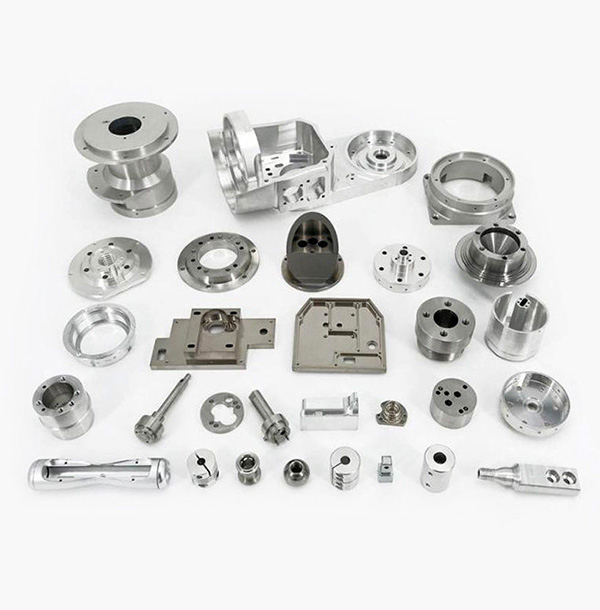Machining, whether of metal or plastic, is an extremely important step in the production of parts. Because part surfaces are cut, rather than cast or molded, the standard (as-machined) surface finish sometimes needs to be modified for either aesthetic or functional reasons. This is because machined surface finishes are more than adequate for end-use applications in many cases. This might require more precise machining, or it might call for the application of secondary processes.
Assessing the Roughness of a Surface
The average surface roughness, abbreviated as Ra, is the measure of surface roughness that is employed the most frequently. It uses micro-inches as the unit of measurement for the deviation from the mean surface plane. For illustration purposes, the Ra rating of the rough surface of a frying pan made of cast iron is approximately 2,000. Although a flaw that was less than one-fiftieth the size of a human hair was discovered and did require repair, the ultra-smooth surface of the mirror that is used by the Hubble Space Telescope is as close to zero as it is possible to get. The majority of the time, machined parts have dimensions that are somewhere in the middle of these two figures.
On occasion, a machined surface can have a level of roughness that is acceptable. A surface that is rougher than it would be after being machined is typically preferred for aesthetic reasons. A matte finish can prevent reflections and is less likely to show fingerprints and other smudges. However, Cnc milling online alone is not sufficient to produce matte finishes on their own. Secondary processes, such as bead blasting or tumbling with a ceramic substrate, are required in order to accomplish this goal.

Greater Effortless Flow Across
What should you anticipate from your contributions? On every machined part, the edges are rounded off (a process known as deburring). Every machined plastic part is left in its machined state, which may result in visible tool marks being left behind. On the other hand, certain metal parts offer more customization options. It is essential to keep in mind that precision-machined parts frequently have sharp edges and should be handled with caution because of this fact.
Since it produces a consistent and matte finish, bead blasting is frequently used as a surface finishing option for machined parts.
These guidelines for CNC milling provide all of the information that you will require if you want an in-depth look at all of our design specifications.
In spite of this, the higher roughness of Ra 60 is not what most people would consider to be rough. When a surface has an Ra value of sixty, there will be visible tooling swirls on the surface, but it will not feel rough to the touch. To see the variations on the surface, you would need to use a microscope. Sometimes, depending on the application, this level of roughness can lead to incremental wear in a moving part, and it can cause weakness in areas of a part that are stressed. Both of these issues can occur simultaneously. It is even possible that it will allow corrosion to establish itself on your parts. The secondary processes are responsible for this step.
The Post-Processing and Finishing Steps
The secondary finishing processes are of the utmost significance, and we have a variety of options at our disposal to achieve higher levels of finished machined parts. Graining and lapping are typically used to smooth the surfaces of machined parts. The two are comparable but employ distinct pieces of apparatus. In either scenario, the component in question is moved back and forth across a progression of abrasives with progressively finer grain sizes until the level of surface smoothness that is required is reached. Graining can achieve a final surface finish anywhere between Ra 4 and Ra 32, depending on how many steps are applied to the process. Lapping can produce surface roughness values ranging from 2 to 16. Lapping is the process that is used to produce precision astronomical telescope mirrors, so it shouldn't come as a surprise that this is the case. There is some overlap in the relative smoothness that can be achieved by graining or lapping, but the decision to use one process rather than the other can be based on a variety of factors, including price.








